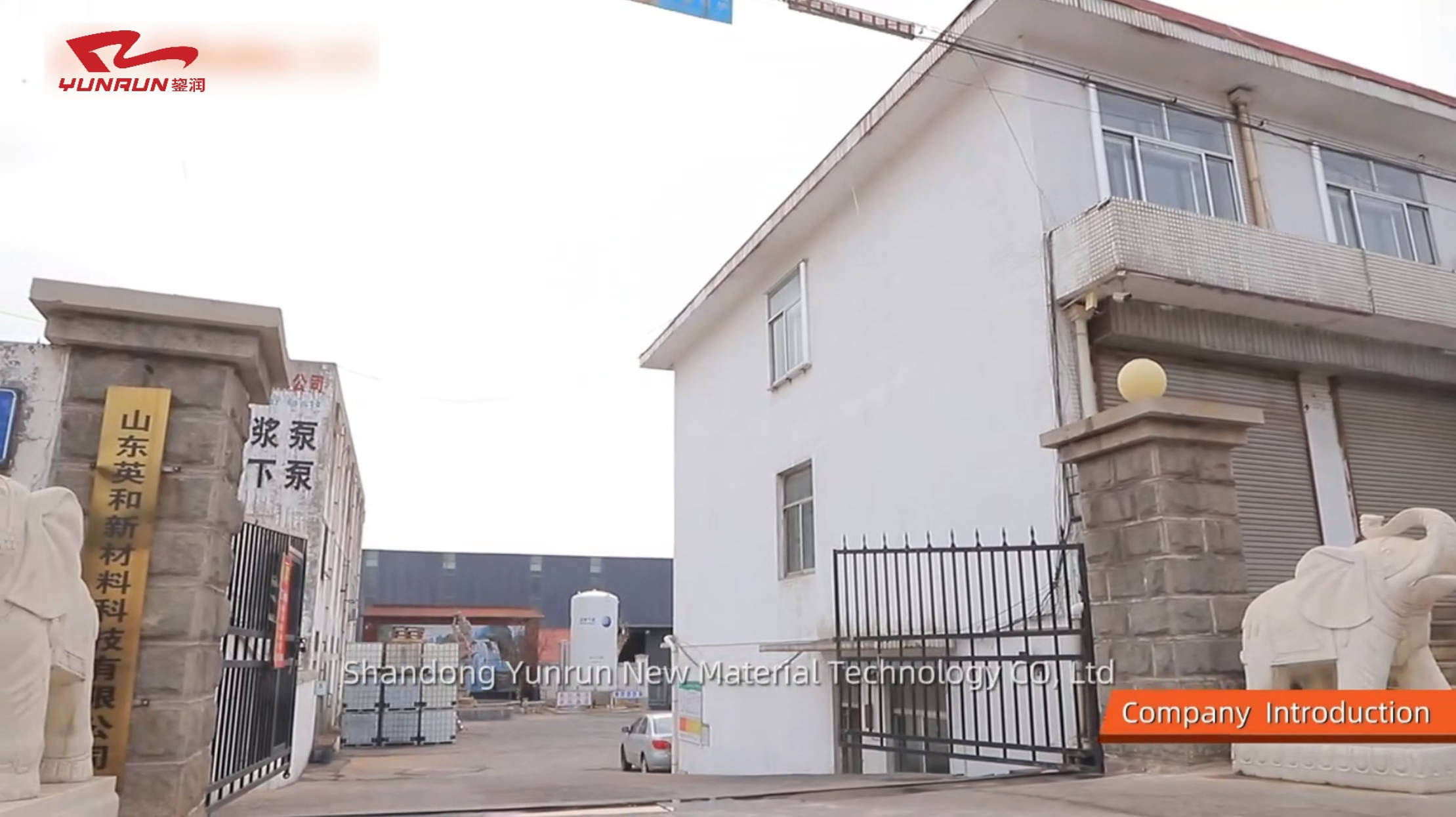Understanding the Versatility and Application of Silicone Sealant in Various Industries
Silicone sealant is a highly versatile adhesive and sealant material widely used in various industries, including construction, automotive, and manufacturing. The 550ml variant is particularly popular due to its manageable size, making it suitable for a range of projects.
One of the most notable characteristics of silicone sealant is its excellent flexibility and durability. Unlike traditional ad
Jun 30,2025
Silicone sealant is a highly versatile adhesive and sealant material widely used in various industries, including construction, automotive, and manufacturing. The 550ml variant is particularly popular due to its manageable size, making it suitable for a range of projects.
One of the most notable characteristics of silicone sealant is its excellent flexibility and durability. Unlike traditional adhesives, silicone can withstand extreme temperatures, making it ideal for both indoor and outdoor applications. It remains elastic even after curing, allowing it to accommodate movement and expansion in materials without cracking or losing adhesion. This property is especially beneficial in construction, where materials may expand or contract due to temperature fluctuations.
Another significant advantage of silicone sealant is its resistance to moisture and UV rays. This makes it an excellent choice for sealing windows, doors, and other areas exposed to the elements. In addition, its waterproof nature ensures that it can create reliable seals in bathrooms, kitchens, and other wet environments, preventing leaks and water damage.
The application process for silicone sealant is straightforward but requires some preparation for best results. Before applying, ensure that the surfaces are clean, dry, and free from dust or grease. Using a caulking gun, the sealant can be precisely applied to the desired area. It’s essential to smoothen the bead of silicone for a clean finish, and many professionals recommend using a wet finger or a tool designed for this purpose.
In terms of curing time, silicone sealant typically becomes tack-free within a few hours, but it may take up to 24 hours to fully cure, depending on environmental conditions. This means that while it can be painted over, it’s crucial to allow enough time for the sealant to bond properly for optimal performance.
Silicone sealant is also known for its compatibility with various materials, including glass, metal, plastic, and wood. This versatility allows it to be used in numerous applications, from automotive repairs to household projects and industrial uses. However, it’s important to choose the right type of silicone sealant for your specific needs, as some formulations may offer specialized properties, such as greater adhesion or faster curing times.
In summary, silicone sealant, particularly in a 550ml format, is an invaluable tool in many sectors. Its unique properties—flexibility, durability, moisture resistance, and ease of use—make it a preferred choice for various sealing and bonding applications. Whether you’re working on a DIY project at home or involved in larger-scale industrial applications, understanding the benefits and proper use of silicone sealant can significantly enhance the quality and longevity of your work.
One of the most notable characteristics of silicone sealant is its excellent flexibility and durability. Unlike traditional adhesives, silicone can withstand extreme temperatures, making it ideal for both indoor and outdoor applications. It remains elastic even after curing, allowing it to accommodate movement and expansion in materials without cracking or losing adhesion. This property is especially beneficial in construction, where materials may expand or contract due to temperature fluctuations.
Another significant advantage of silicone sealant is its resistance to moisture and UV rays. This makes it an excellent choice for sealing windows, doors, and other areas exposed to the elements. In addition, its waterproof nature ensures that it can create reliable seals in bathrooms, kitchens, and other wet environments, preventing leaks and water damage.
The application process for silicone sealant is straightforward but requires some preparation for best results. Before applying, ensure that the surfaces are clean, dry, and free from dust or grease. Using a caulking gun, the sealant can be precisely applied to the desired area. It’s essential to smoothen the bead of silicone for a clean finish, and many professionals recommend using a wet finger or a tool designed for this purpose.
In terms of curing time, silicone sealant typically becomes tack-free within a few hours, but it may take up to 24 hours to fully cure, depending on environmental conditions. This means that while it can be painted over, it’s crucial to allow enough time for the sealant to bond properly for optimal performance.
Silicone sealant is also known for its compatibility with various materials, including glass, metal, plastic, and wood. This versatility allows it to be used in numerous applications, from automotive repairs to household projects and industrial uses. However, it’s important to choose the right type of silicone sealant for your specific needs, as some formulations may offer specialized properties, such as greater adhesion or faster curing times.
In summary, silicone sealant, particularly in a 550ml format, is an invaluable tool in many sectors. Its unique properties—flexibility, durability, moisture resistance, and ease of use—make it a preferred choice for various sealing and bonding applications. Whether you’re working on a DIY project at home or involved in larger-scale industrial applications, understanding the benefits and proper use of silicone sealant can significantly enhance the quality and longevity of your work.




